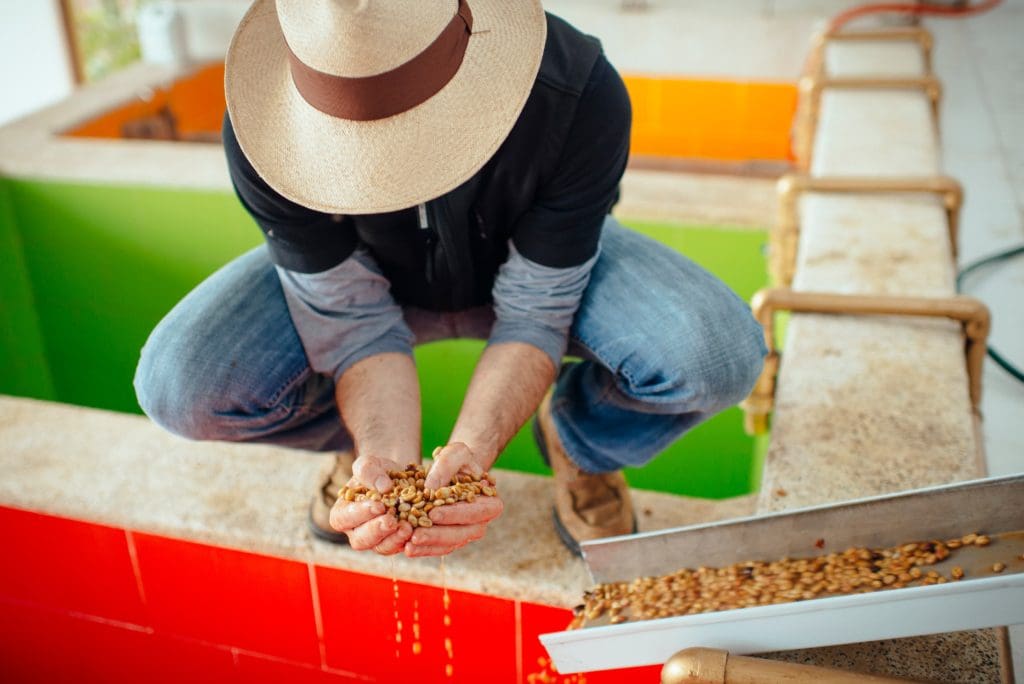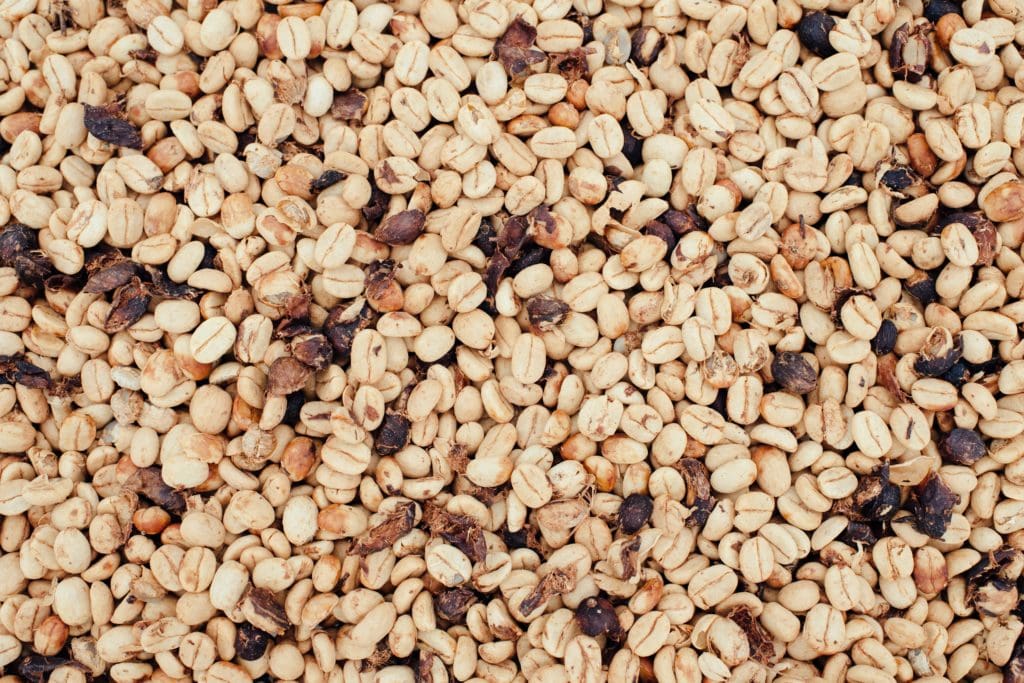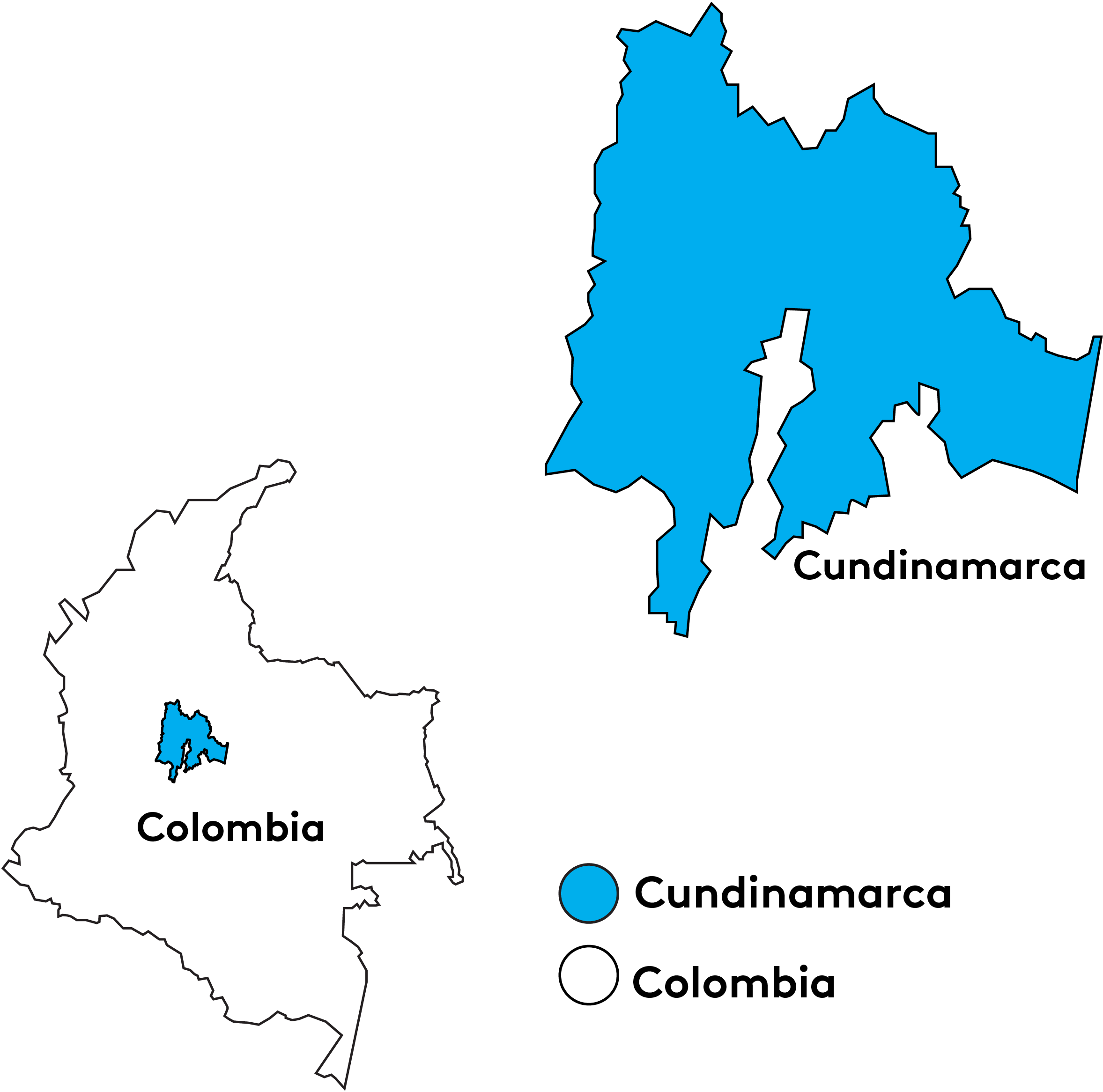La Palma & El Tucán is a farm, mill, and coffee tourism destination tucked in the mountains of Zipacon, Cundinamarca. The farm’s name indicates the concept at the core of their operations: symbiosis, where actions are mutually beneficial. The same way that palm trees and toucans exist in a balanced relationship within their habitat, La Palma & El Tucán approaches the coffee ecosystem through sustainable production, innovative processing, and inviting everyone along the supply chain to visit the farm and see for themselves all that a coffee producing environment can be.
On the farm, the intersection between coffee agriculture and sustainable tourism is apparent. The open air cafe and cabins tucked into the forest encourage visitors to consider the continuum between spaces where coffee is produced and where it is consumed. The vegetable gardens, compost production, biochar production, water filtration, methods for fertilizing coffee trees, various shade tree species, and overall biodiversity of plant and animal life on the farm are indicators of permaculture principles in practice.
This lot is part of La Palma & El Tucán’s Estate & Varietals collection, which represents the finest coffees from the farm.
The Geisha variety is known for its explosive oral qualities and sweetness. It was first collected in Ethiopia in the 1930s. From there, it migrated to Costa Rica, Panama, and South America.
At La Palma & El Tucán, Geisha variety was first planted in 2012. Currently, there are 10,332 plants distributed among five plos. These plots are located between 1650 and 1.800 meter above sea level. The temperature at the farm ranges between 9°C and 27°C with an average precipitation of 1300ml per year.
This coffee was processed using lactic fermentation, which is classified as ‘Anaerobic’ as oxygen has minimal interaction with the coffee cherry. Once the cherries arrive at the mill, they are hand sorted and placed in sealed tanks. With no oxygen involved, bacteria feed on carbohydrates present in the mucilage favoring a higher concentration of lactic acid, creating a unique profile of the resulting cup.





